Are you looking for a comprehensive way to teach your students about renewable and nonrenewable resources? A well-designed worksheet can be an incredibly effective tool for engaging students and solidifying their understanding of these crucial concepts. Understanding the difference between resources that replenish naturally and those that are finite is fundamental to environmental science and responsible citizenship. This post explores the benefits of using renewable and nonrenewable resources worksheets and provides answers to common worksheet questions, helping you deliver an impactful lesson.
Why Use Renewable and Nonrenewable Resources Worksheets?
Worksheets offer several advantages when teaching about resource management:
* **Active Learning:** Worksheets encourage students to actively participate in the learning process, rather than passively receiving information. They must think critically and apply their knowledge to answer questions, categorize resources, and analyze scenarios.
* **Reinforcement:** Worksheets provide a structured way to reinforce concepts taught in lectures or readings. By completing activities and answering questions, students solidify their understanding and identify areas where they may need further clarification.
* **Assessment:** Worksheets serve as a valuable assessment tool, allowing teachers to gauge student comprehension. By reviewing completed worksheets, teachers can identify areas where students are struggling and adjust their teaching accordingly.
* **Engagement:** A thoughtfully designed worksheet can make learning about renewable and nonrenewable resources more engaging and interesting for students. Incorporating visuals, real-world examples, and interactive activities can help to capture their attention and make the learning process more enjoyable.
* **Differentiation:** Worksheets can be easily adapted to meet the needs of diverse learners. Teachers can create worksheets with varying levels of difficulty or provide alternative activities to accommodate different learning styles and abilities.
Common Worksheet Questions and Answers
Many worksheets on renewable and nonrenewable resources include similar types of questions. Below are examples and their corresponding answers, presented in a format suitable for review and study:
Examples of Renewable and Nonrenewable Resources
Here’s a categorization of common resources:
- Renewable Resources:
- Solar Energy
- Wind Energy
- Hydropower (Water Energy)
- Geothermal Energy
- Biomass (e.g., wood, crops)
- Coal
- Oil (Petroleum)
- Natural Gas
- Nuclear (Uranium)
Worksheet Question Examples:
- Question: What is a renewable resource?
- Question: What is a nonrenewable resource?
- Question: List three examples of renewable resources.
- Question: List three examples of nonrenewable resources.
- Question: Explain why solar energy is considered a renewable resource.
- Question: Explain why coal is considered a nonrenewable resource.
- Question: What are the environmental impacts of using nonrenewable resources?
- Question: What are the benefits of using renewable resources?
- Question: Describe a scenario where using a renewable resource is more sustainable than using a nonrenewable resource.
- Question: Discuss the importance of conserving nonrenewable resources.
Worksheet Answer Examples:
- Answer: A renewable resource is a natural resource that can be replenished at the same rate at which it is used. They are essentially inexhaustible on a human timescale.
- Answer: A nonrenewable resource is a natural resource that exists in a finite amount or is replenished at a rate too slow for human consumption. Once these resources are depleted, they cannot be easily replaced.
- Answer: Three examples of renewable resources are solar energy, wind energy, and hydropower.
- Answer: Three examples of nonrenewable resources are coal, oil, and natural gas.
- Answer: Solar energy is considered a renewable resource because it is derived from the sun, which is a virtually inexhaustible source of energy. Sunlight is constantly being replenished, making it a sustainable energy source.
- Answer: Coal is considered a nonrenewable resource because it takes millions of years to form from the remains of ancient plants. The rate at which coal is formed is far slower than the rate at which it is consumed, making it a finite resource.
- Answer: The environmental impacts of using nonrenewable resources include air pollution, water pollution, habitat destruction, greenhouse gas emissions, and climate change. Burning fossil fuels releases pollutants into the atmosphere, contributing to smog, acid rain, and respiratory problems. Mining and extraction processes can damage ecosystems and disrupt natural habitats.
- Answer: The benefits of using renewable resources include reduced air and water pollution, decreased greenhouse gas emissions, reduced dependence on foreign energy sources, and the creation of new jobs in the renewable energy sector. Renewable energy sources are also more sustainable in the long term, as they do not deplete finite resources.
- Answer: Using solar panels to generate electricity for a home is more sustainable than using coal-fired power. Solar panels utilize a renewable energy source (sunlight) and produce minimal pollution during operation. Coal-fired power plants, on the other hand, rely on a nonrenewable resource (coal) and release significant amounts of greenhouse gases and pollutants into the atmosphere.
- Answer: It is important to conserve nonrenewable resources because they are finite and will eventually be depleted. Conserving these resources helps to extend their availability, reduce environmental damage, and encourage the development and adoption of renewable energy alternatives. Conservation efforts can include reducing energy consumption, improving energy efficiency, and recycling materials.
By using renewable and nonrenewable resources worksheets and reviewing the answers provided, students can gain a deeper understanding of the importance of sustainable resource management and the need to transition to a cleaner, more sustainable energy future.
If you are searching about Renewable And Nonrenewable Worksheet – Printable Calendars AT A GLANCE you’ve visit to the right page. We have 20 Pics about Renewable And Nonrenewable Worksheet – Printable Calendars AT A GLANCE like Renewable vs Non-Renewable Energy Resources | CK-12 Foundation, Renewable And Nonrenewable Resources Worksheet and also Free renewable and nonrenewable resources worksheet high school. Here it is:
Renewable And Nonrenewable Worksheet – Printable Calendars AT A GLANCE

ataglance.randstad.com
Renewable Vs. Nonrenewable Resources 3rd – 5th Grade Quiz | Quizizz
quizizz.com
Free Renewable And Nonrenewable Resources Worksheet High School

worksheets.clipart-library.com
Renewable And Nonrenewable Resources Differences Expl – Vrogue.co

www.vrogue.co
Renewable Vs Nonrenewable Energy Worksheet

worksheetcampusnicked.z13.web.core.windows.net
Renewable And Nonrenewable Resources In Science

www.pinterest.ph
Natural Resources Worksheets Renewable And Nonrenewable Resources

worksheets.clipart-library.com
Renewable Resources And Non Renewable Resources Inter – Vrogue.co
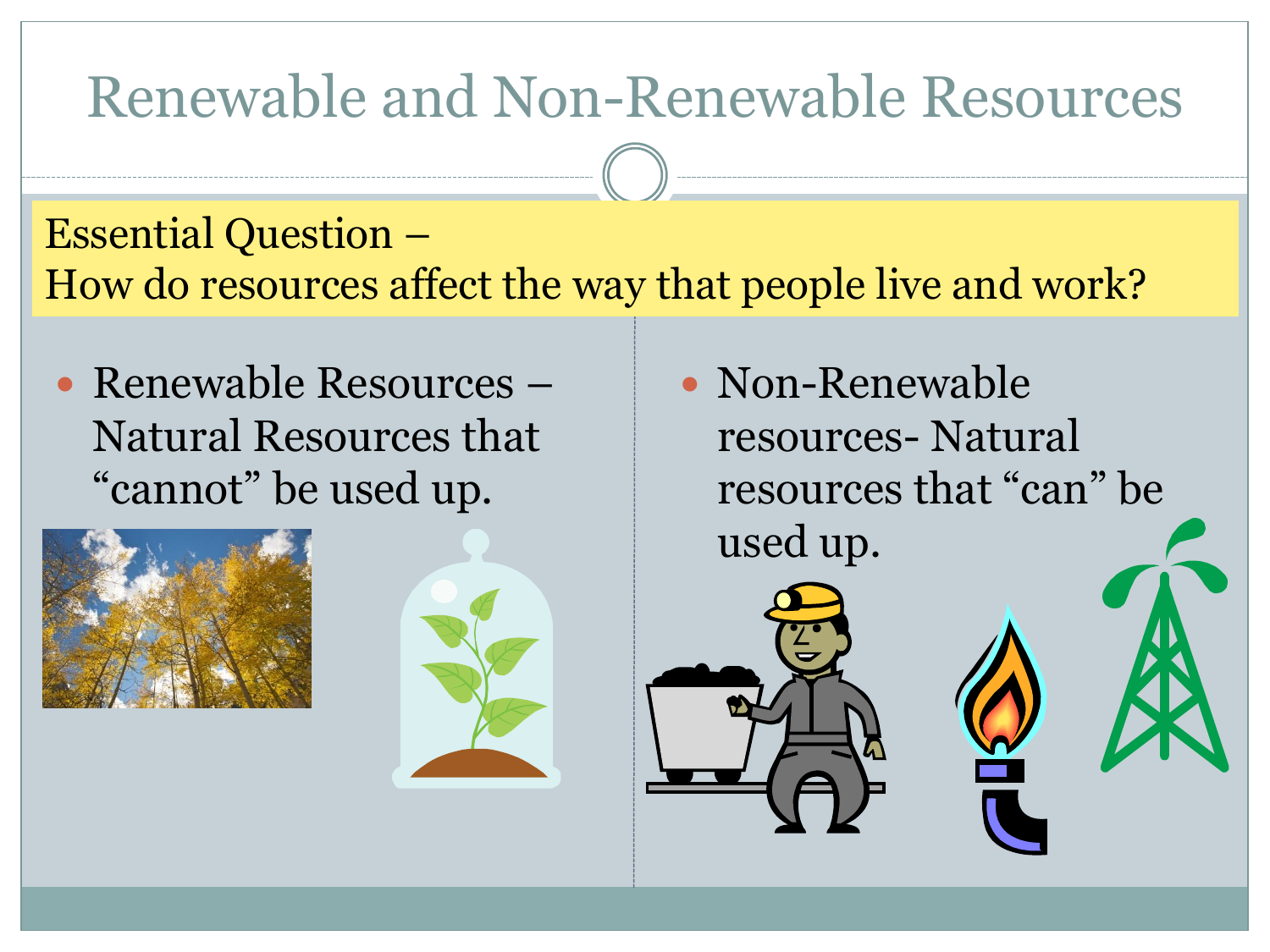
www.vrogue.co
Examples Of Nonrenewable Resources And Their Uses, 49% OFF
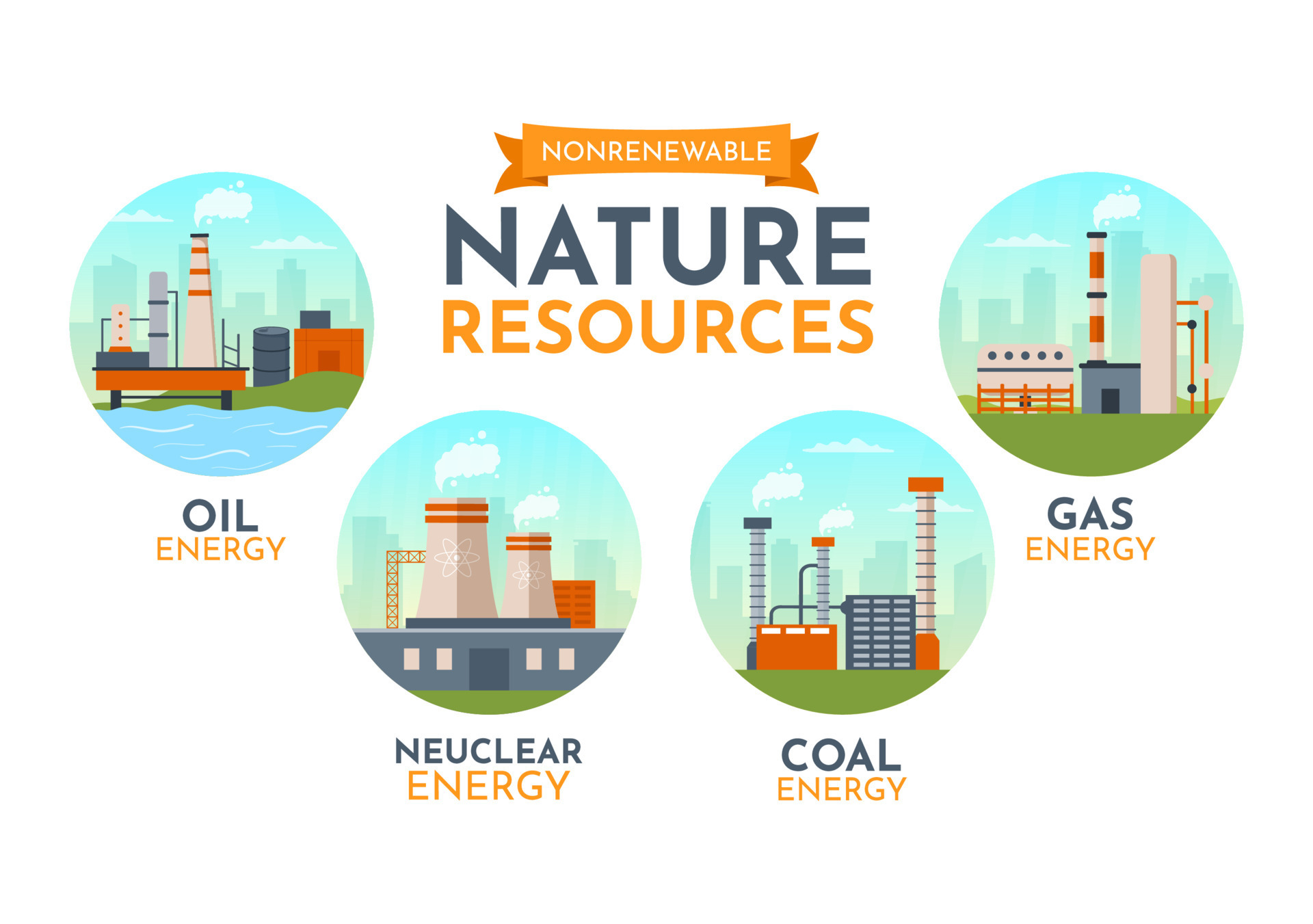
www.pinnaxis.com
Renewable And Nonrenewable Resources Worksheet – Ame.my.id

ame.my.id
Renewable And Nonrenewable Energy Worksheet

manualeroto8r0.z21.web.core.windows.net
Renewable Vs Non-Renewable Energy Resources | CK-12 Foundation
worksheets.clipart-library.com
Renewable Energy Worksheet Pdf | Nonrenewable Resources, Worksheets

www.pinterest.com
Renewable And Nonrenewable Resources Worksheet
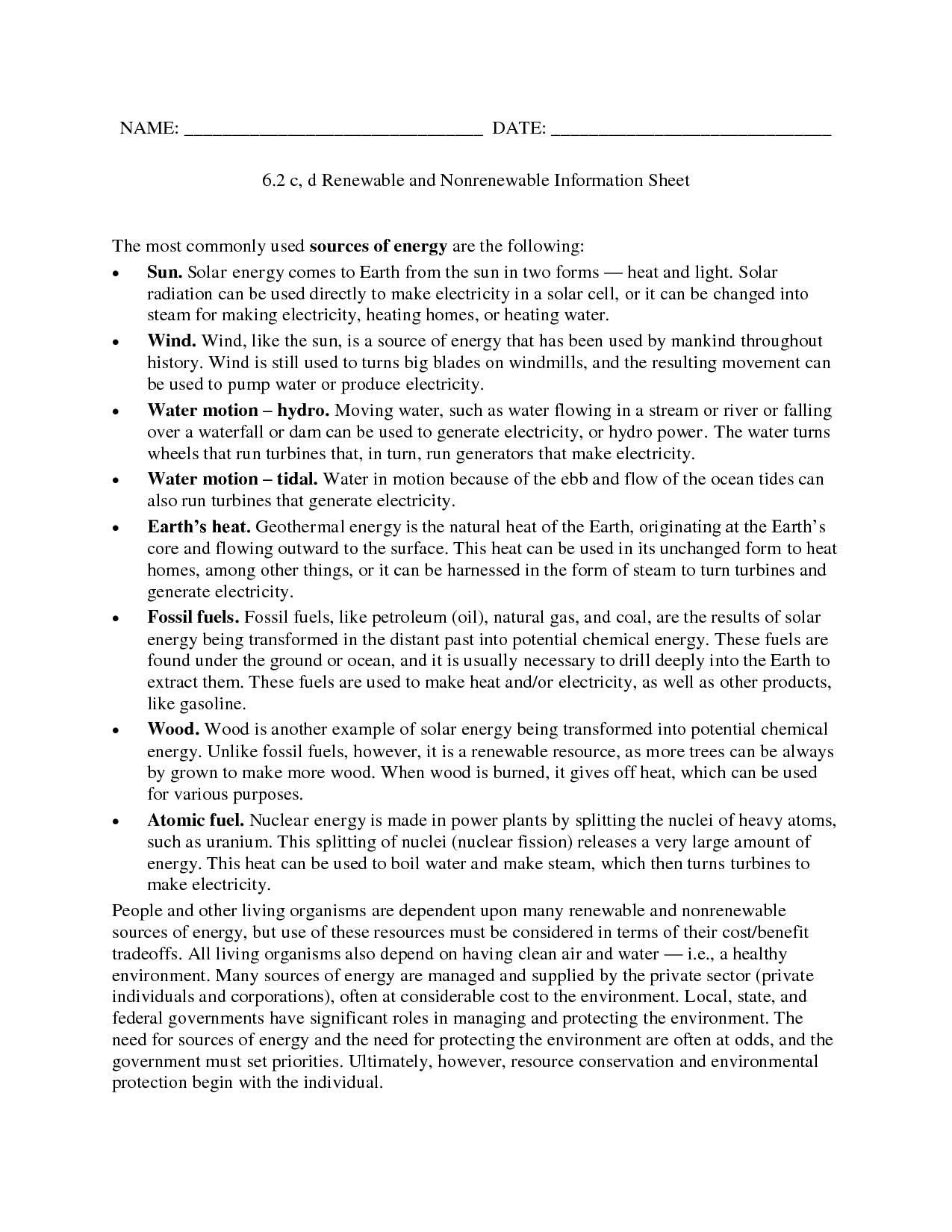
sahklubrad.com
Chart On Renewable And Nonrenewable Resources – Ponasa

ponasa.condesan-ecoandes.org
Non-renewable Resources Word Search | K5 Learning – Worksheets Library

worksheets.clipart-library.com
Renewable And Nonrenewable Resources Worksheet – Ame.my.id
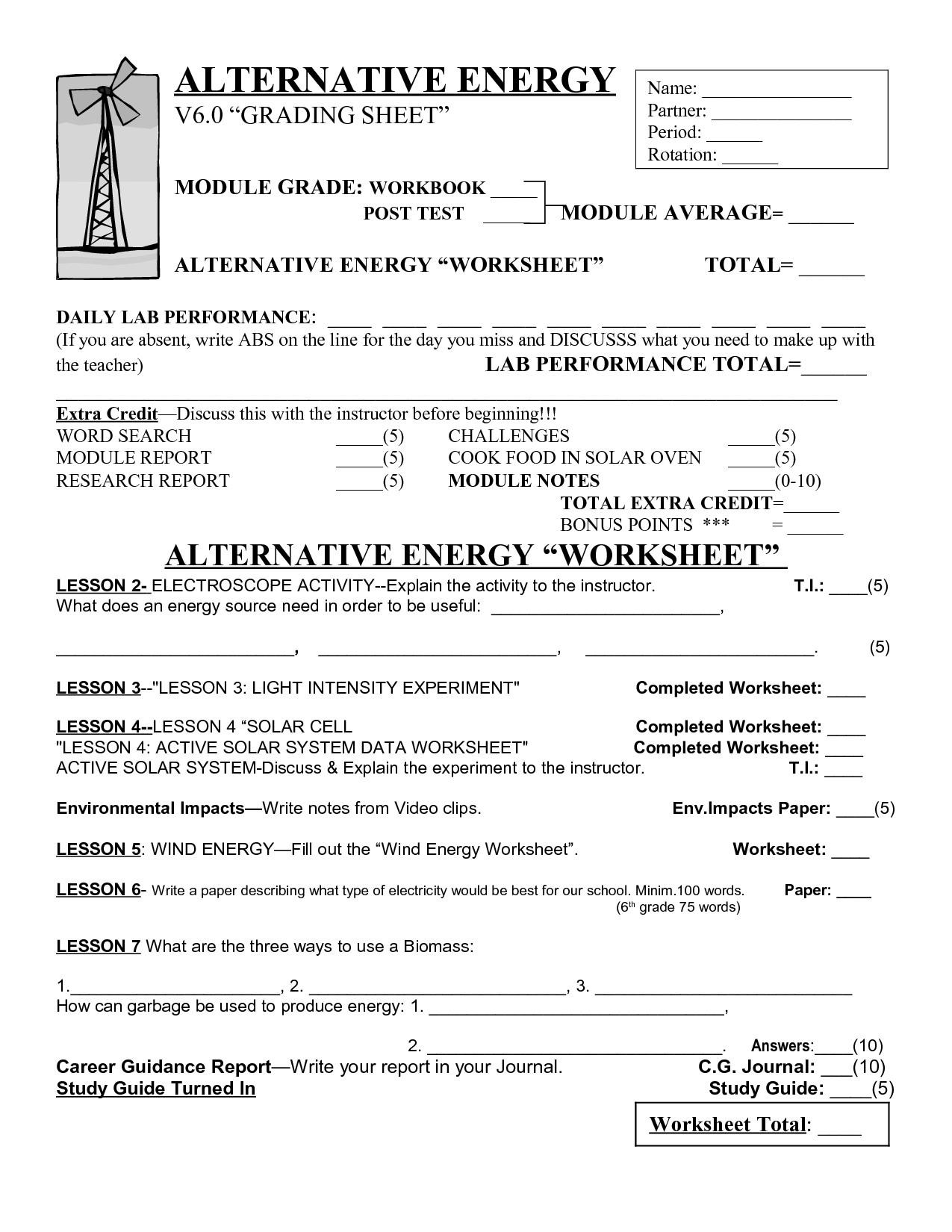
ame.my.id
Renewable And Nonrenewable Energy – Worksheet | Printable And Distance

www.madebyteachers.com
Renewable And Nonrenewable Resources Worksheet – E-streetlight.com

www.e-streetlight.com
Discover 5 Key Differences: Renewable Vs. Nonrenewable Resources
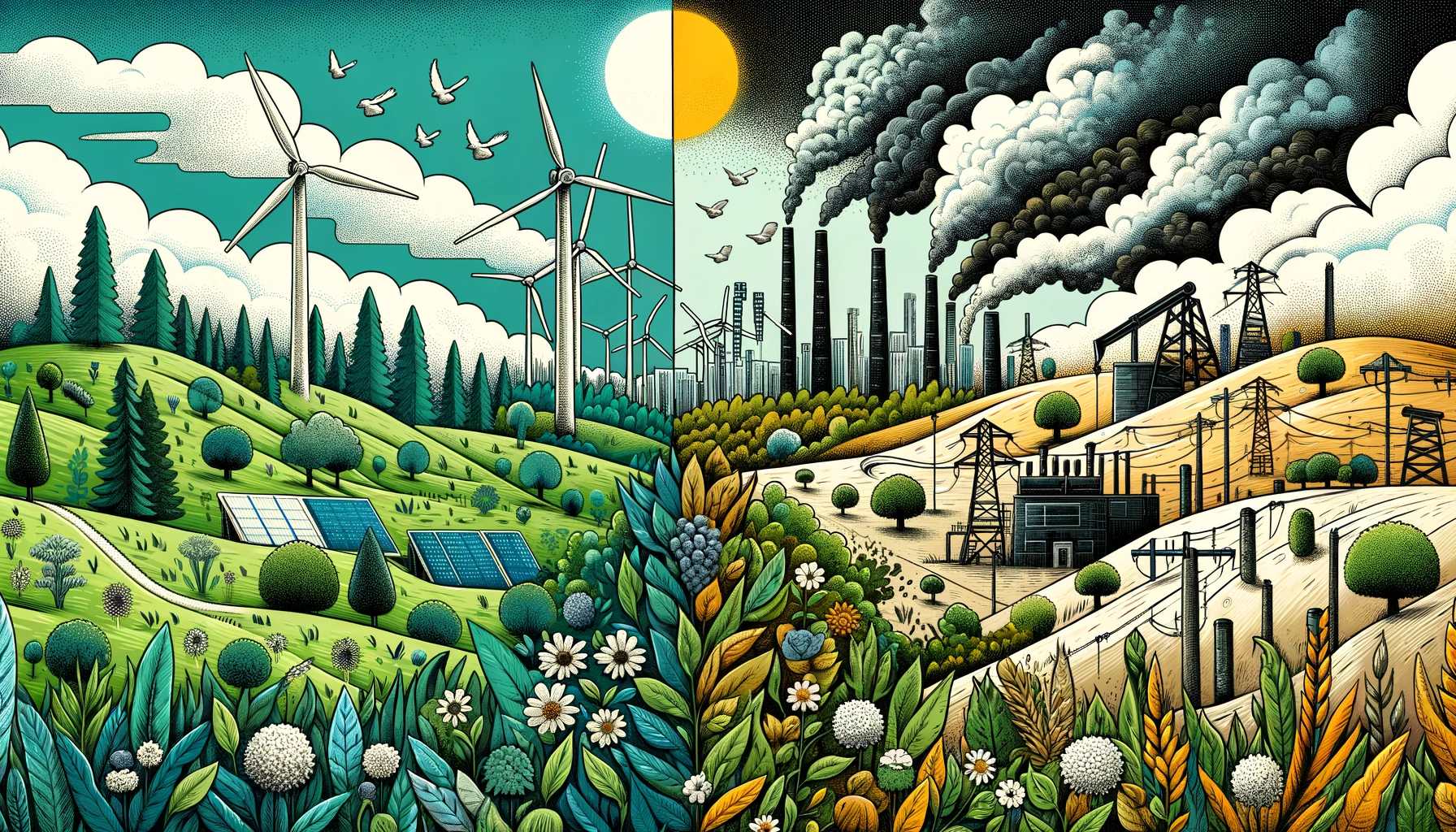
sustainableenergychoice.com
renewable and nonrenewable resources in science. Renewable and nonrenewable resources differences expl. Chart on renewable and nonrenewable resources
